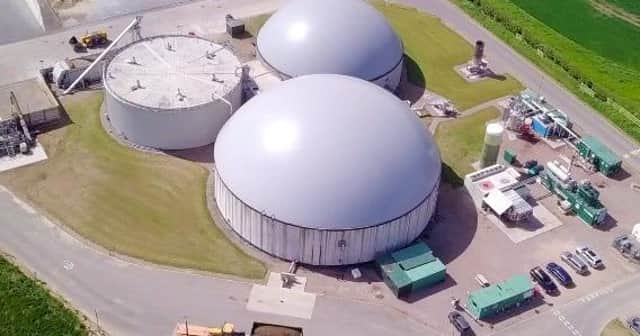Public invited to see village plans for 'green gas' plant


Ironstone Energy Ltd want to develop a new anaerobic digestion (AD) site on land owned by Buckminster Estate, to the south of Sewstern/Gunby Road and east of the village.
It would produce enough biomethane to hear a town roughly the size of Grantham from a variety of energy crops grown as part of a sustainable rotation in the local area.
Advertisement
Hide AdAdvertisement
Hide AdThe site has been chosen in conjunction with Buckminster Estate, which would supply around half of the crop inputs to help reduce fossil fuel and artificial fertiliser use and build soil health.
The plant would sell its gas, via the gas grid, to corporate customers.
Plans include a new access track linking to the B676, which is designed to minimise any impact of farming traffic on the immediate local road network.
The public events are at Sewstern village hall, on Main Street, on Tuesday, from 4pm to 8pm and Wednesday, 10.30am to 4pm.
Advertisement
Hide AdAdvertisement
Hide AdPhilipp Lukas, CEO of Future Biogas, owners of Ironstone Energy, said: “Working in partnership with Buckminster, Ironstone Energy’s AD plant would support the local economy and the area’s farming community by creating jobs and demand for local crops, as well as helping improve the UK's energy security and food and farming’s transition to Net Zero.”
Douglas Williams, from Buckminster Estates, added: “We see the green gas proposal by Ironstone as one that can contribute significantly to more regenerative farming operations, enhancing sustainable crop rotations, and orientation to economic, social and environmental measures for the benefit of future generations.”